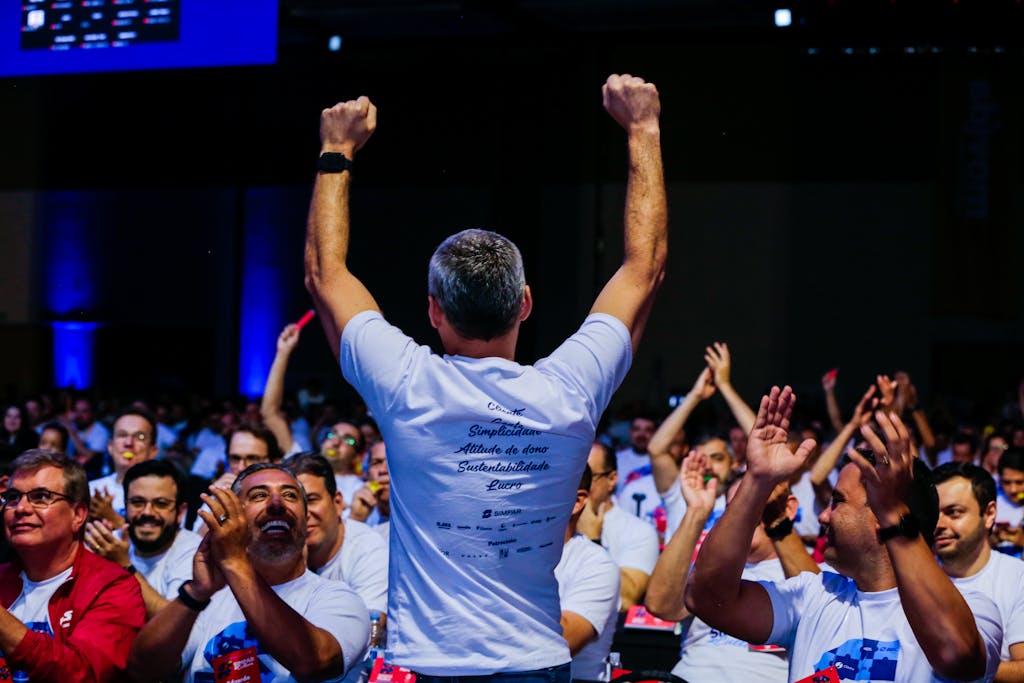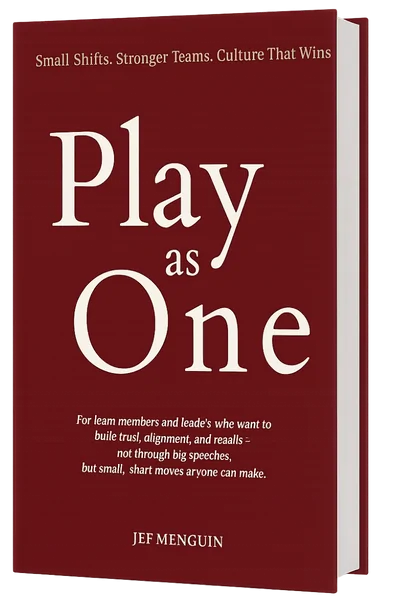For the longest time, I thought fire fighting just meant exactly that—literal fire fighting. You know, may sunog, tatawagin si bombero.
But during a recent discovery session with a potential client interested in our Team Bayanihan team-building programs, I heard the term used in a way I had never encountered before.
The leader casually said, “We’re always in fire fighting mode.”
At first, I thought they meant they were firing people before problems could even happen.
But as we continued the conversation, I had a lightbulb moment:
“Fire fighting,” in an organizational context, means reacting only when the problem is already there.
It’s when a team waits until things are already on fire—deadlines missed, processes broken, people overwhelmed—before taking action.
And the more I thought about it, the more I realized: this is such a common culture in many organizations.
The Fire Fighting Culture: A Common Workplace Trap
Whether it’s a school, a company, or a government office, a lot of teams operate in this constant state of emergency. Here’s what it usually looks like:
- Teams scrambling last-minute to meet deadlines
- Leaders always in crisis-management mode
- Employees constantly reacting, rarely planning
- Burnout disguised as dedication
- Band-aid solutions instead of long-term systems
In this kind of setup, there’s barely any time or energy left to pause, reflect, plan ahead, or build healthy team dynamics. Instead, everyone is too busy putting out fires to ask, “Why do we keep having fires in the first place?”
What That Call Taught Me
That simple realization from a discovery call made me appreciate the real goal behind our Team Bayanihan programs even more.
They’re not just about games or getting people out of the office.
They’re about helping teams move away from fire fighting mode—towards a culture of collaboration, trust, and proactive leadership.
Because when people feel safe, aligned, and committed to shared values and goals,
they don’t just respond to problems—they prevent them.
A Culture Shift Starts With Awareness
So if your team is constantly stressed, always reacting, always working overtime to “save the day”—you might not have a people problem. You might have a fire fighting culture.
And the first step to changing that?
Awareness.
The moment you name it, you can start changing it.
Introducing the F.I.R.E. System: How to Stop Fire Fighting Culture Before It Starts
After that discovery call, I started thinking…
If fire fighting is the problem, what’s the system that helps prevent fires in the first place?
That’s when I conceptualized the F.I.R.E. system—a simple yet powerful framework I developed to help teams become more proactive, resilient, and ready to prevent problems before they ignite.
F.I.R.E. – A Systemic Approach to Culture Shift
F – Forecast Problems Early
Proactive teams take time to reflect, review past mistakes, and anticipate roadblocks before they turn into full-blown fires.
- Hold regular planning sessions
- Use retrospectives or after-action reviews
- Encourage team members to flag risks early
I – Improve Systems
Instead of patching the same holes over and over, take time to fix the root cause
- Map out broken workflows
- Automate repetitive tasks
- Build checklists or SOPs that people actually use
R – Respond Proactively, Not Reactively
Build habits and structures that help teams stay aligned even before a crisis.
- Set regular alignment meetings
- Establish clear roles, responsibilities, and escalation paths
- Create “calm” workflows, not panic-driven ones
E – Empower the Team
Teams that feel safe, trusted, and involved are more likely to take initiative and prevent problems early.
- Foster psychological safety
- Recognize contributions (not just last-minute heroics)
- Train and mentor team members to lead in their ways
This system helps teams shift from:
“Ay, may sunog na naman!” to “Let’s build well, so we don’t have to put out fires all the time.”
A Systemic Culture Shift Starts with One Question:
Ask your team:
“Are we just fire fighting… or are we fire-proofing?”
With the right mindset and the F.I.R.E. system, you don’t just respond better—you prevent better.
From Concept to Practice: The F.I.R.E. Framework Workshop
Are you ready to take your team from chaos to clarity? I’m inviting you to join the F.I.R.E. Framework Workshop, designed to help teams make the shift from reactive problem-solving to proactive growth.
In this workshop, your team will dive into four key principles to create lasting change:
- F – Forecast Problems Early
- I – Improve Systems
- R – Respond Proactively
- E – Empower the Team
What happens during the workshop?
- Teams reflect on their current “fire fighting” habits
- They walk through real team challenges using the F.I.R.E. lens
- They commit to new habits, systems, and communication shifts
- They walk away with a practical roadmap for becoming a resilient, future-ready team
Don’t wait until the next workplace crisis. Help your team move from survival mode to strategic mode—before the next fire breaks out.
Bring the F.I.R.E. Framework Workshop to your organization. Let’s talk.

Unmasking the Team Player Myth in Philippine Workplace Culture

25 Team Building Activities for Filipino Teams: A Complete Toolkit for Leaders

The Ultimate Guide to Team Building Activities (2025 Edition)

32 Filipino Motivational Speakers Who Inspire Action




